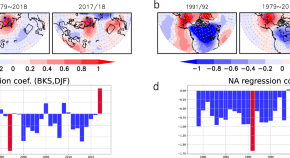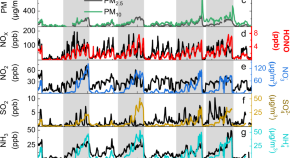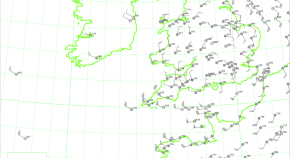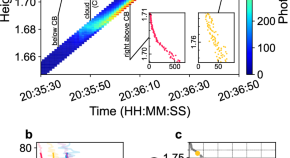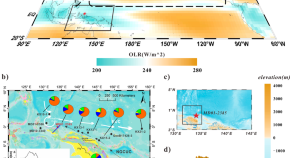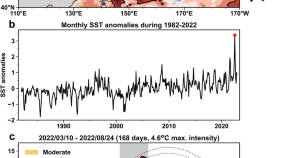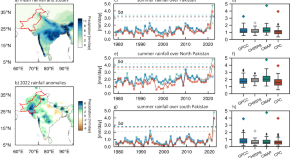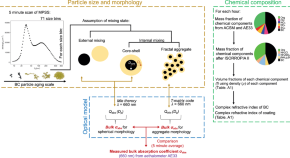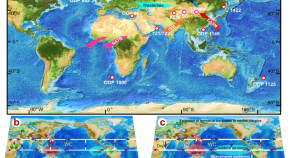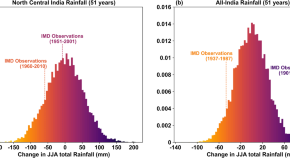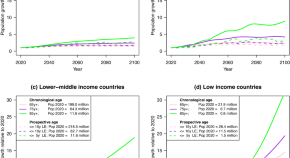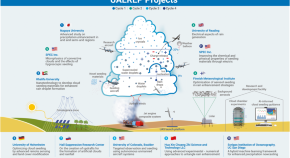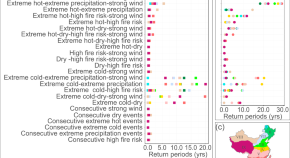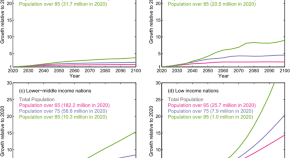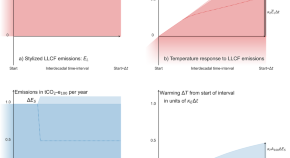Featured
Announcements
-

New Collection: Air Quality Sensors
Open for submissions -

New Collection: Cloud-Aerosol Interactions
Open for submissions -
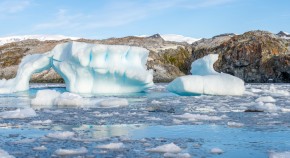
New Collection: Vulnerable Cryosphere Change
Open for submissions -

New Collection: Digital Paleoclimate
Open for submissions
Advertisement
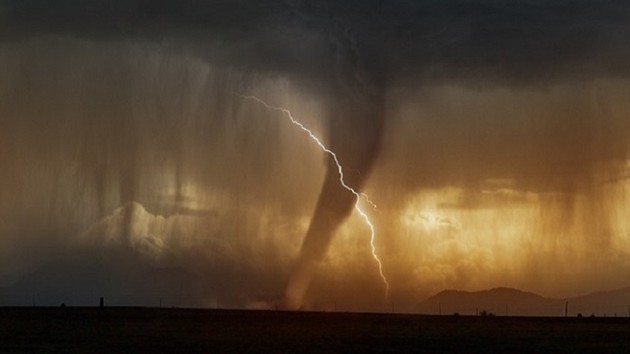
Climate and Weather Extremes
Humans and ecosystems struggle to cope with extreme weather and climate conditions. Research into phenomena that are extreme in their rarity, intensity, or both aims to help societies better anticipate and manage the challenges of the most impactful future weather and climate events, be they weeks or decades from now. Extreme weather and events have catastrophic impact on humans and the environment, and their prediction is essential for planning and mitigation preparation.
In this Collection, we highlight research looking at extreme events across the globe and their prediction. Extreme events in the Arctic have a disproportionate effect on global climate and weather and there is a Collection addressing this topic specifically.
Trending - Altmetric
-
Increasing heat and rainfall extremes now far outside the historical climate
-
The jump in global temperatures in September 2023 is extremely unlikely due to internal climate variability alone
-
From peak to plummet: impending decline of the warm Arctic-cold continents phenomenon
-
Do AI models produce better weather forecasts than physics-based models? A quantitative evaluation case study of Storm Ciarán


